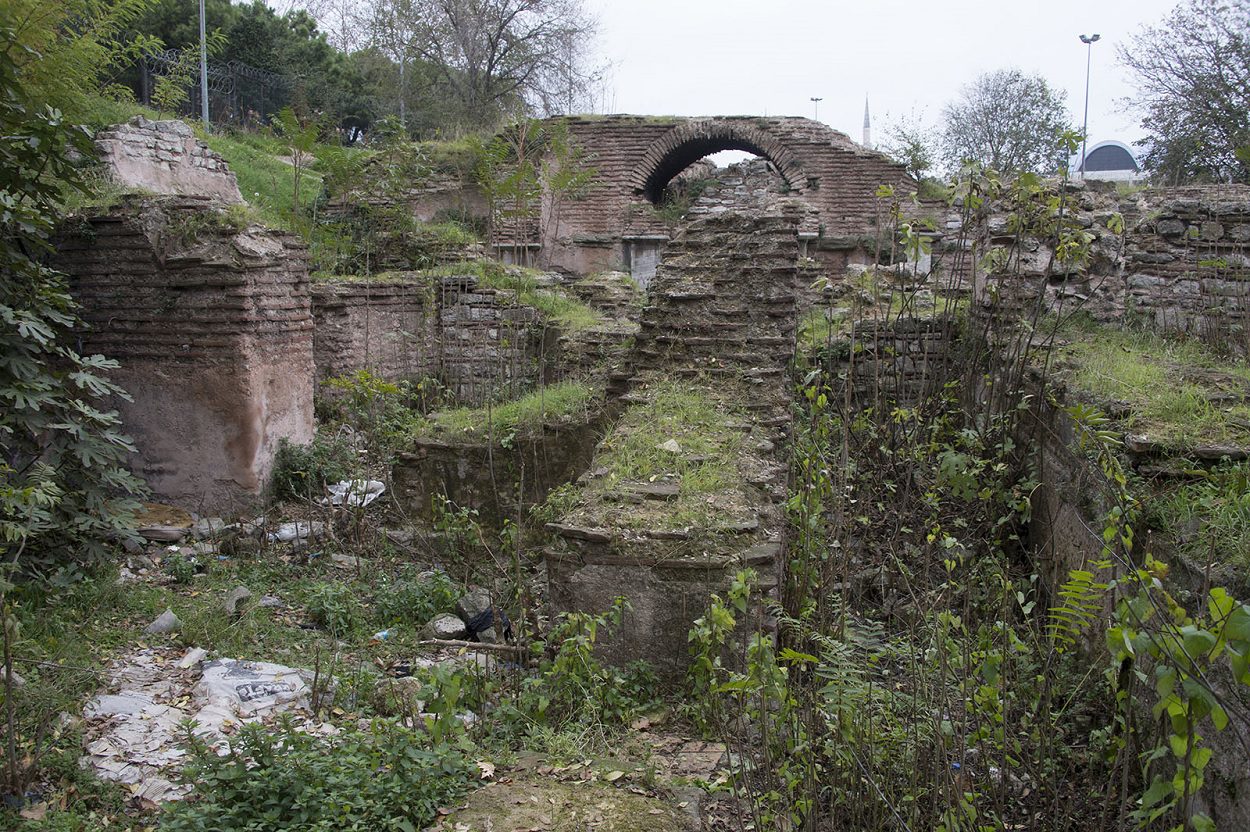A team of archaeologists from the Directorate of Istanbul Archaeology Museums have been excavating the Church of St. Polyeuktos, located in Istanbul’s Saraçhane neighbourhood, Turkey.
The church was constructed between AD 524 to 527 under the patronage of Anicia Juliana, a Roman Imperial princess during the reign of Justin I. Juliana’s intention to assert her own imperial lineage was reflected in the opulent design of the building, which was the largest church in the city until the construction of the Hagia Sophia.
The church incorporated Sassanid Persian decorative elements on a grand scale and is believed to have pioneered the architectural style of the domed basilica, which was later perfected in the Hagia Sophia.
After its construction, the history of the church is largely unknown. It remained standing until the 11th century, but eventually deteriorated and various architectural features were removed and repurposed in Constantinople (Istanbul). After being built over in the Ottoman period, the site of the church was rediscovered during excavations in the 1960s.
Rahmi Asal, director of the museums, said: “the church was heavily damaged, particularly during the Latin invasion, and then the building was further damaged by an earthquake in AD 1010, with parts taken to be used in the St. Mark’s Basilica in Venice.”
The excavations have uncovered important decorative stone pieces and architectural elements, with the most notable discovery being a piece of torso from a statue depicting a male figure carved in marble. The torso was found around one metre beneath the surface level and dates from the Late Roman period around the 3rd to 4th century AD.
This adds to a recently announced discovery in April 2023, where the team found a hidden tunnel beneath the church ruins shaped with marble and adorned with reliefs, in addition to 681 bronze coins, stamped bricks, marble pieces, ceramics, oil lamps, glass and metal artefacts.
Header Image Credit : Dosseman – CC BY-SA 4.0







